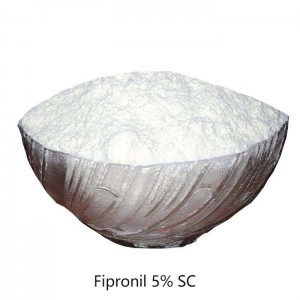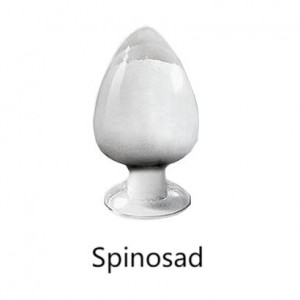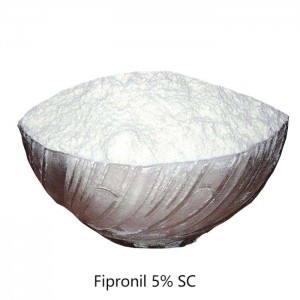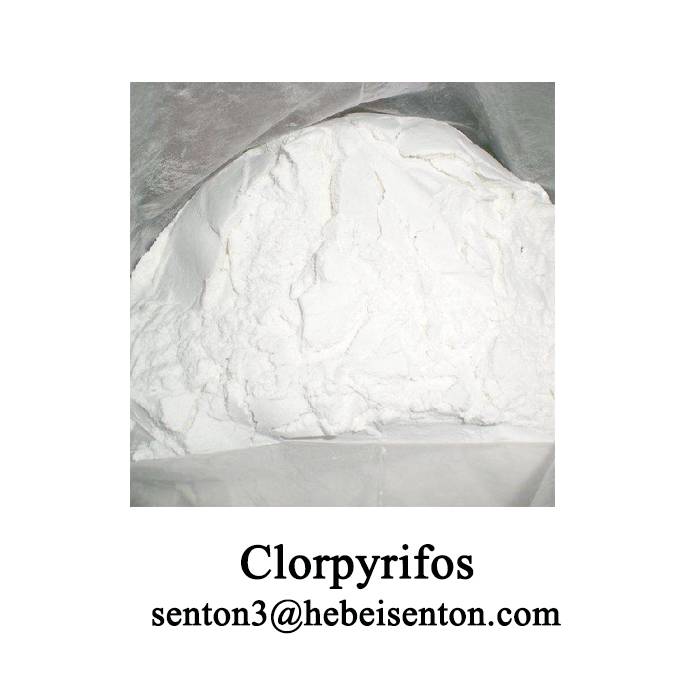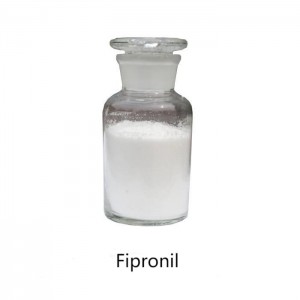Factory Price Methoprene 95% Tc Mosquito Material S Methoprene 20% CS Mosquito Larva Killer Larvacide Insecticide CAS 40596-69-8
Product Description
It is a biochemical insecticide of insect juvenile hormone class. Insect juvenile hormone can regulate its own growth, development, and metamorphosis process. The main function of juvenile hormone is to inhibit the metamorphosis of immature larvae, maintain the characteristics of insect juvenile stage, and remain larvae after molting.
Methoprene, as a protective agent for tobacco leaves, interferes with the peeling process of insects. It can interfere with the growth and development process of tobacco beetles and tobacco powder borers, causing adult insects to lose their reproductive ability, thereby effectively controlling the population growth of stored tobacco leaf pests.
Application
1. Prevention and control of health pests. Fenpropathrin has high activity against German cockroaches and can cause infertility in both female and male adults. Continuously treating with this medicine can make it extinct due to infertility after six months to a year, and it is also effective against large cockroaches. Making a sustained-release agent of methoprene is also effective in preventing and treating fleas, mosquitoes, and flies.
2. Control Hemiptera pests. Fenvalerate is effective in controlling greenhouse aphids and whiteflies and has been registered in the United States. But the stability is not good when applied in the field. Dioxycarb is effective in controlling greenhouse whiteflies and crustaceans.
3. Prevention and control of storage pests. The juvenile hormone has high activity against Lepidoptera pests during storage, such as grains, flour, and tobacco. In the United States, it has been tested to be effective against many storage pests, such as fenpropathrin and carbendazim.
4. Prevention and control of ants. Fenpropathrin bait can hinder the normal metamorphosis of harmful larvae, make ant king sterile, and effectively control kitchen ants. There are also reports of using juvenile hormones to treat termites.
5. Increase production of silk. Spraying juvenile hormone or pseudojuvenile hormone such as anti juvenile hormone on the silkworm seat (2-4 micrograms/head) or on the 5th instar silkworm body (1-3 micrograms/head) can inhibit metamorphosis, prolong the 5th instar larval stage by more than one day, increase food intake, increase individual size, and increase silk production. Generally, it can increase the amount of 10000 cocoons by about 15%.
Using Methods
1. Store tobacco leaves to prevent tobacco beetles. Spray 41% soluble powder 40000 times the liquid directly onto the tobacco leaves. To ensure uniform spray and complete coverage of tobacco leaves, quantitative dilution or special multi-directional ultra-low volume spray equipment can be used.
2. The sensitivity of insects to juvenile hormones varies at different stages of growth and development. Larvae or nymph are most sensitive at the final stage, while other stages are less sensitive. In the process of insect growth and development, appropriate time is selected and exogenous juvenile hormones are used to disrupt the normal hormone balance in the insect body, causing abnormal metamorphosis, adult infertility, or inability to hatch eggs, thus achieving the goal of controlling and eliminating pests.
3. The IC50 fenvalerate for Culex pipiens larvae is 0.48 micrograms per liter, and the ID50 fenvalerate for wax moth pupae is 2.2 micrograms per pupa.








